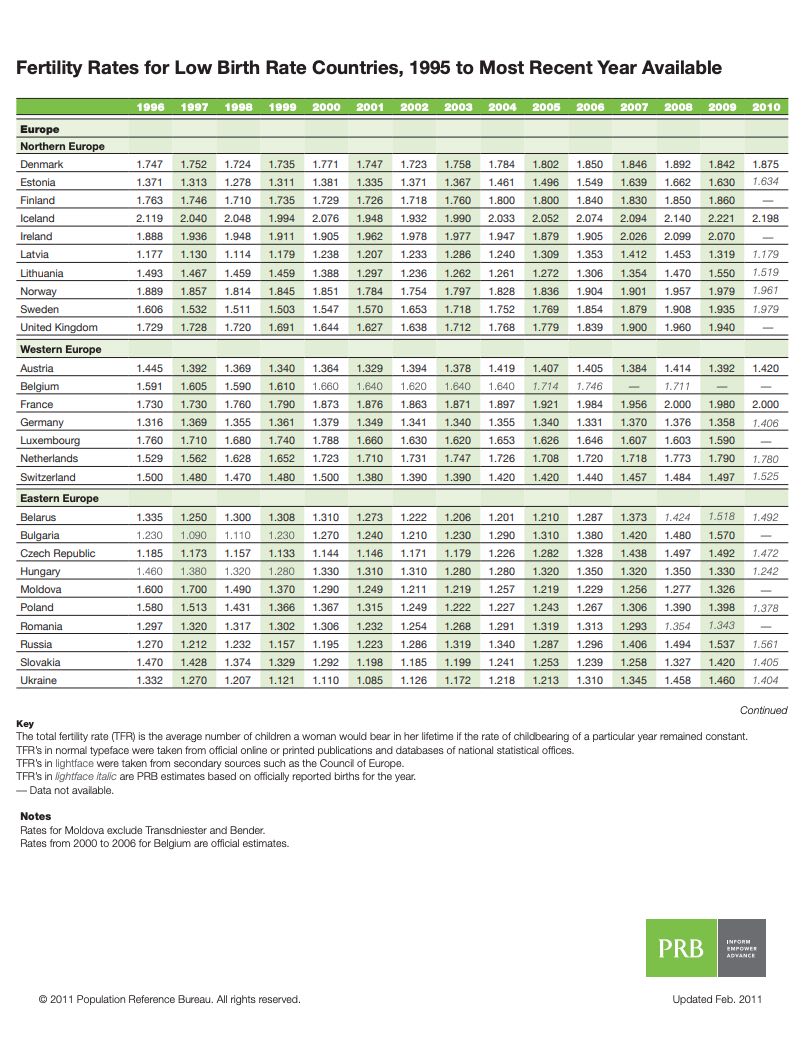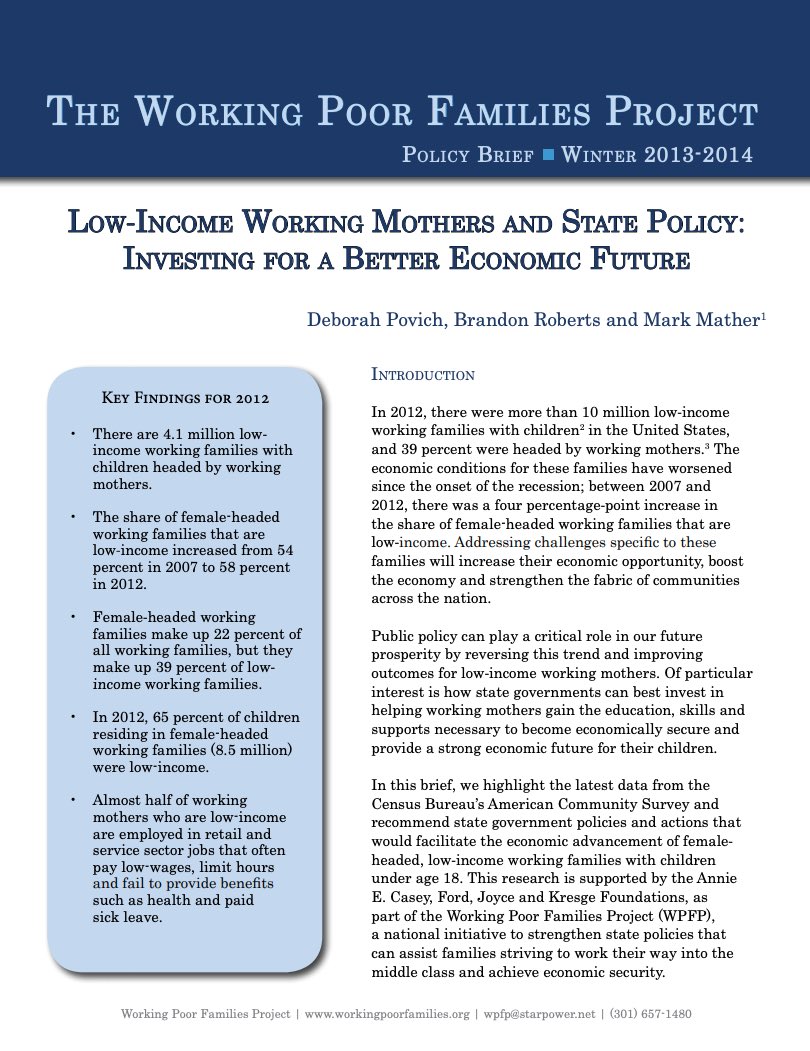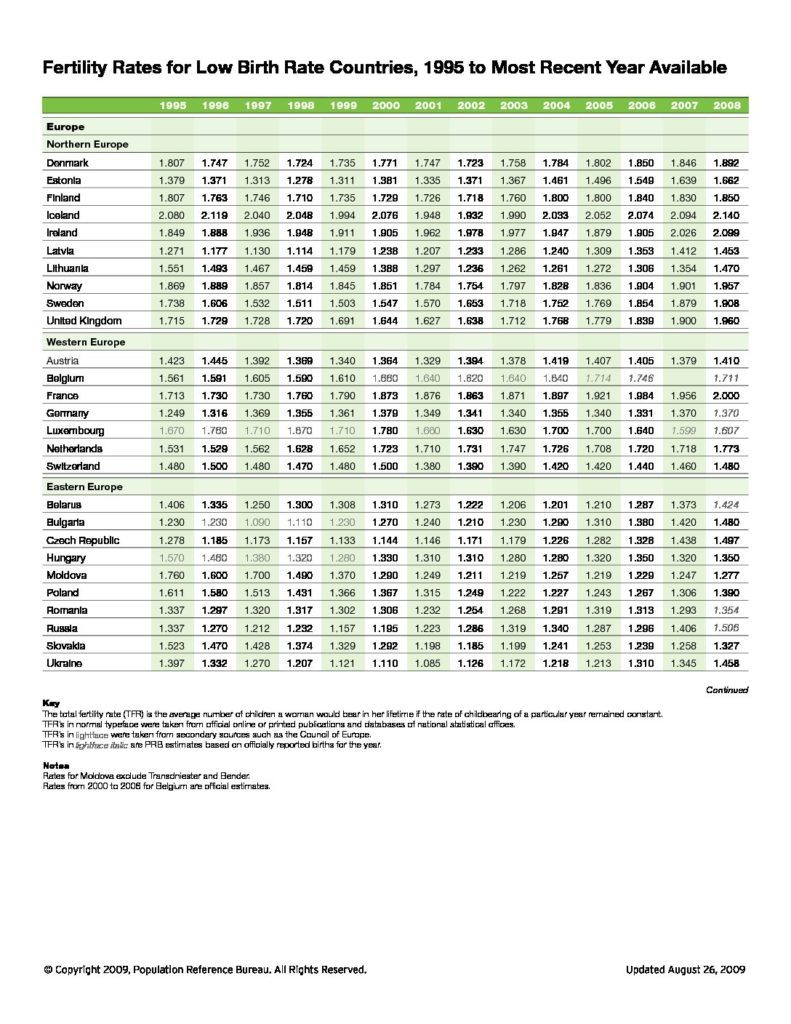930 Search Results Found For : "Low-priced medicines https://simplemedrx.top"></a>"

PRB Discuss Online: What Are the Financial Implications of Aging in the United States?
(2008) The U.S. population is aging: The ratio of elderly to the working-age population in the United States will roughly double over the next few decades, straining the finances of the U.S. Social Security system and other government programs.

Project: Working Poor Families Project
Single Working Mothers in U.S. Worse Off Since the Recession
(2014) U.S. working mothers have had a hard time in recent years: Between 2007 and 2012, the share of female-headed working families that are low-income increased from 54 percent to 58 percent, according to a Population Reference Bureau (PRB) analysis of data from the U.S. Census Bureau's American Community Survey.

Project: Empowering Evidence-Driven Advocacy
Investing in Sexual and Reproductive Health to Give Mombasa’s Youth a Bright Future
A presentation (video and PowerPoint) that PRB and Stretchers Youth Organization developed illustrates the barriers that prevent young people from accessing and using contraception—such as provider attitudes and social norms—and emphasizes that youth’s need for contraceptives will grow over time.

U.S. 2020 Census FAQ
The Census counts every person who usually lives in the United States. They don’t have to be a U.S. citizen, but they do have to call this country their primary home.

Birth Rates Rising in Some Low Birth-Rate Countries
(2009) "1.57 Shock" was a popular media phrase in Japan back in 1990 after the fertility rate (TFR) fell to its lowest value ever: 1.57 lifetime births per woman, recorded for 1989.1 This was even below the 1.58 children per woman reached during the inauspicious year of the Fire Horse—1966.

Project: Center for Public Information on Population Research (CPIPR)
Why Is the U.S. Birth Rate Declining?
In 2020, the U.S. TFR dropped to 1.64, the lowest level ever recorded.
